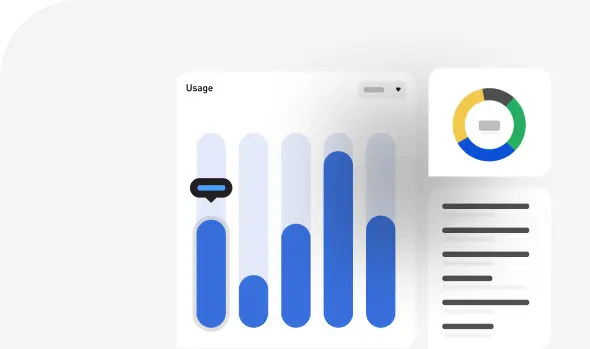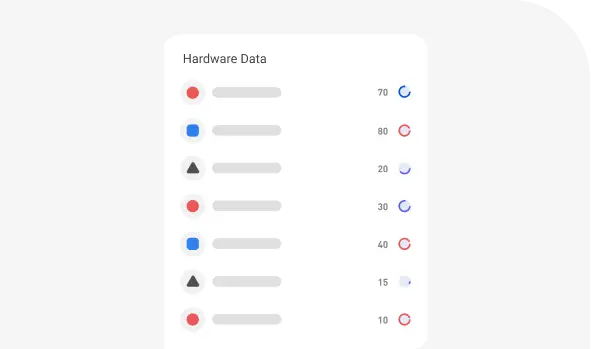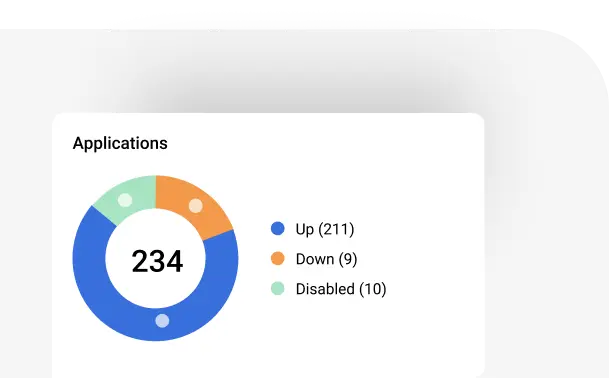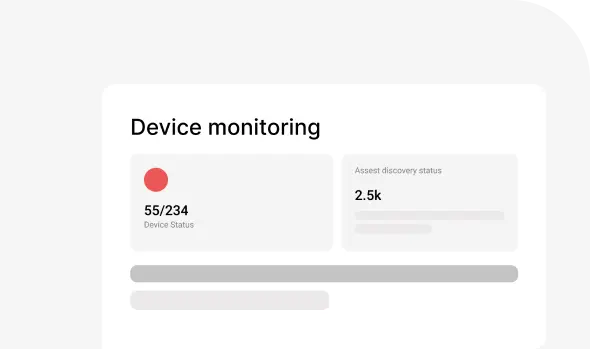What is Real-time
Network Monitoring?
Real-time network monitoring is the regular monitoring and
analysis of network activity, performance, and security to
discover and manage potential issues.
Businesses can achieve this through specialized software and
hardware tools that gather and analyze data from numerous sources,
such as network traffic, logs, and system performance indicators.
Real-time network monitoring aims to discover and respond to
issues as promptly as possible to reduce downtime and preserve the
network's overall health and security.





